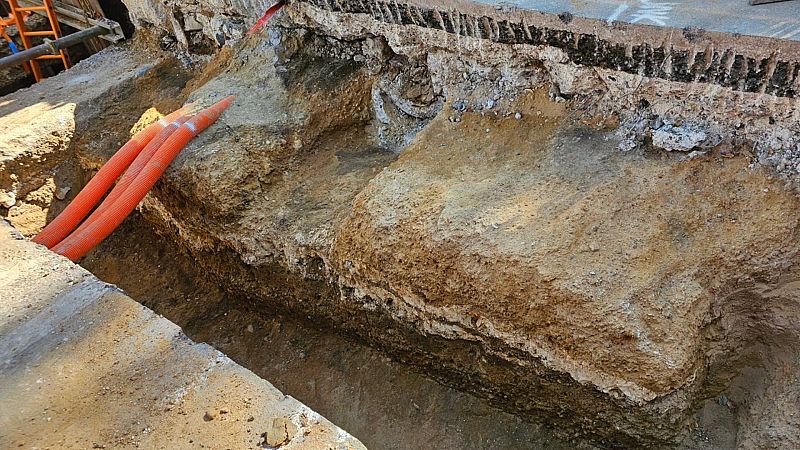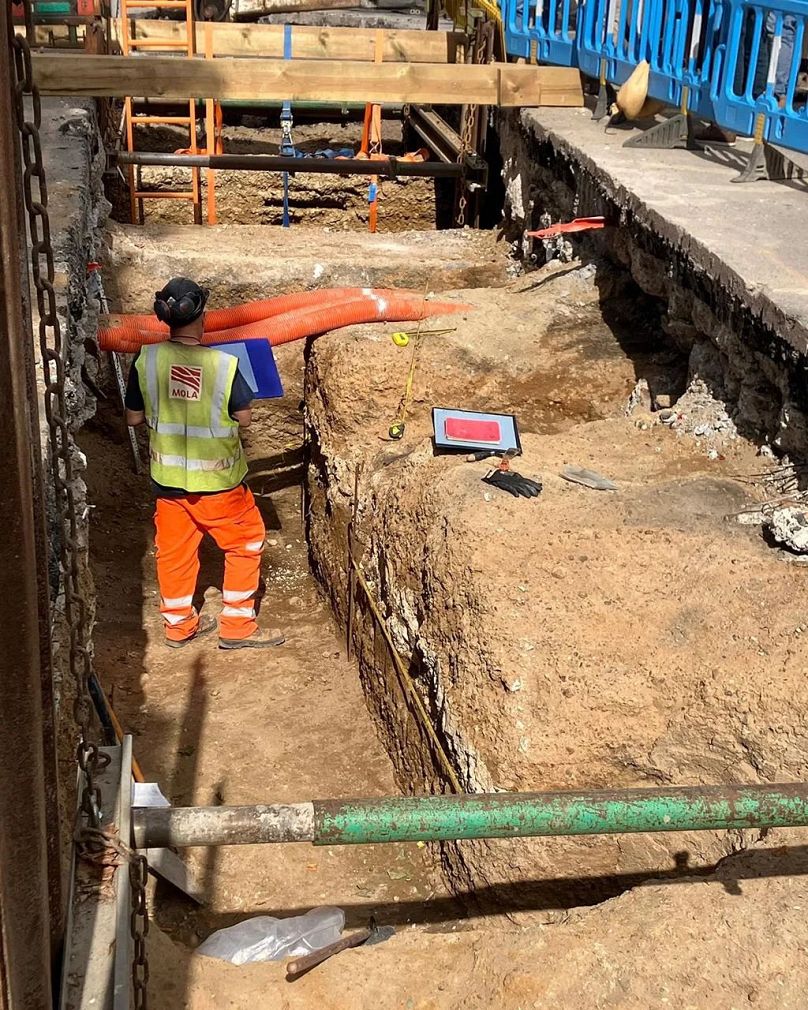Archaeologists uncover 'remarkable' section of 2,000-year-old Roman road in South London

A very well-preserved section of Watling Street, one of Britain’s most significant and famous Roman roads, has been discovered in south-east London, in what archaeologists have described as a “remarkable” find.
The ancient route, built shortly after the Roman invasion of Britain in AD 43, is originally said to have stretched 276 miles, linking the Roman port of Dover with Londinium (the capital of Roman Britain) and extending up into the West Midlands.
It played an important role in connecting Roman Britain, even hosting imperial visitors such as Emperor Hadrian in AD 122, when he initiated construction of the 73-mile-long -wall that would bear his name.
Watling Street has featured countless times throughout pop culture, from Geoffrey Chaucer’s story of a group of medieval pilgrims travelling from London to Canterbury in "Canterbury Tales", to James Bond, who drives along the road in Ian Fleming’s novel "Moonraker".
Despite its fame, the exact course of Watling Street through London has long been a mystery to archaeologists and historians, with much of its route hidden by centuries of urban development. This latest discovery beneath Old Kent Road, ahead of work to expand Southwark’s low-carbon heat network, offers crucial evidence of its path through the capital.
The uncovered stretch lies south of the junction with Ilderton Road and measures approximately 19ft (5.8m) wide and nearly 5ft (1.4m) high.
“The intact section of Roman Watling Street directly under the current Old Kent Road has redrawn the Roman road map for Southwark and informs on Roman construction techniques generally. It is a key finding for archaeological research for London," explains Gillian King, the director of archaeology at RPS Consulting.
To commemorate the discovery, Southwark Council plans to place a commemorative sign near the site on the Old Kent Road railway bridge.


